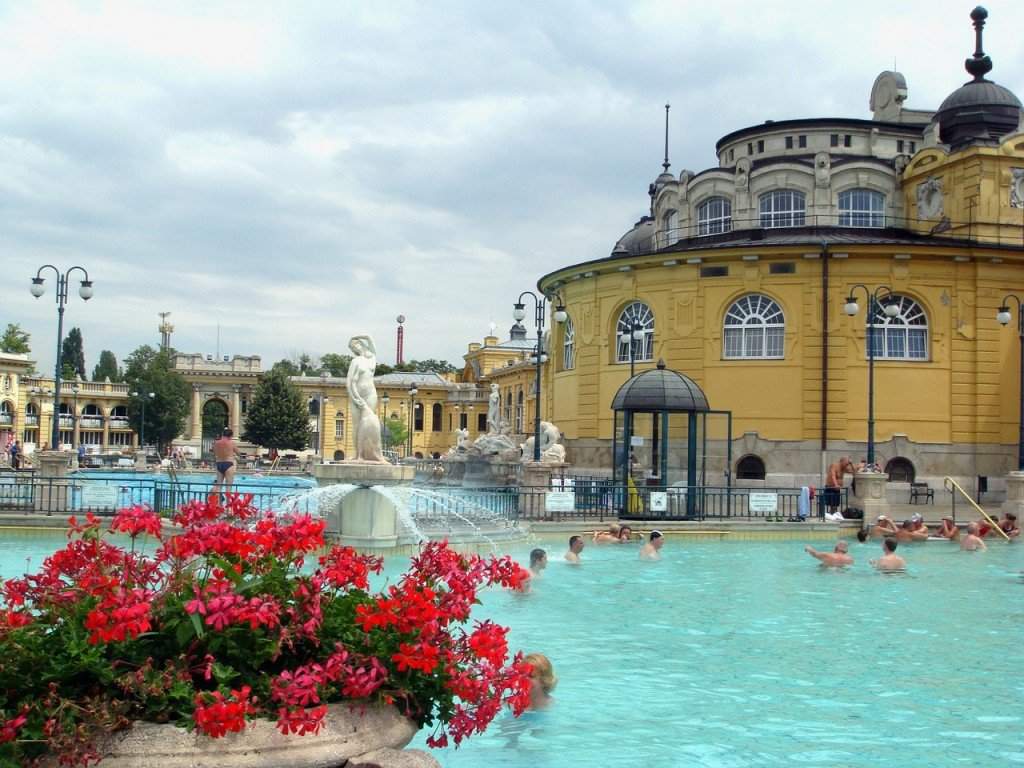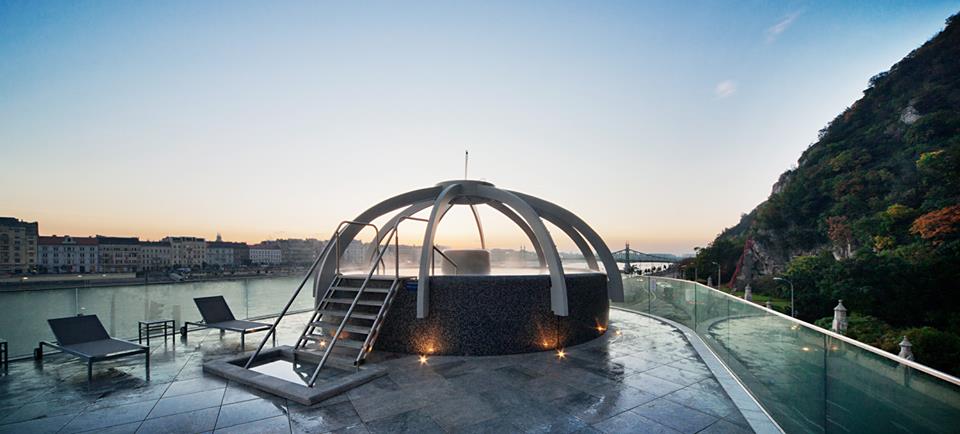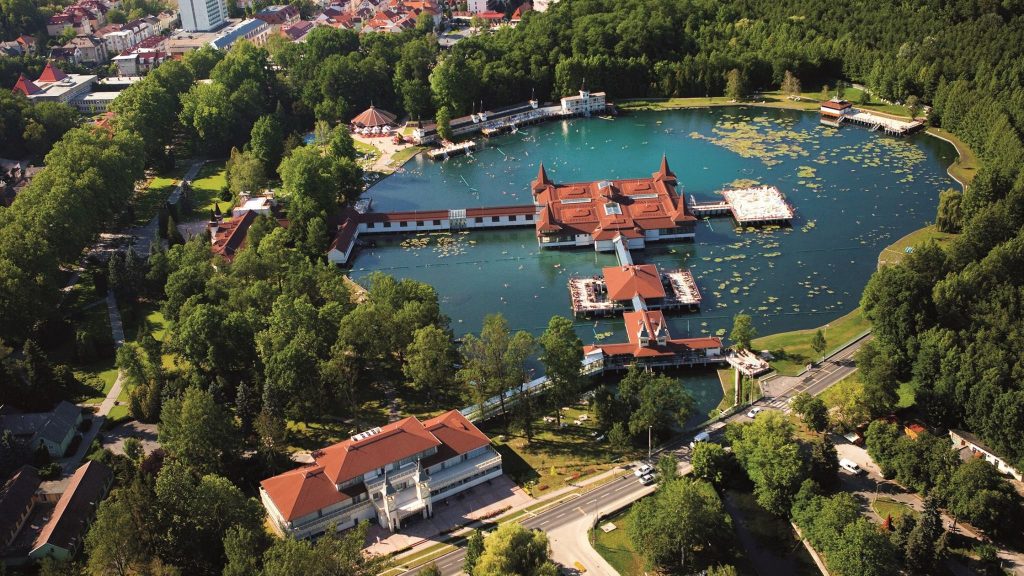The most beautiful historical baths in Hungary
It is known that Budapest is the thermal bath capital of the world. Many of its baths were built centuries ago. Cartourmagazin collected the five most beautiful historical baths you can visit in Hungary.
Széchenyi Bath

Széchenyi Bath is one of the biggest bath complexes in Europe. The bath is supported by the second deepest well of Budapest, which is 1,246 meters deep. The 76-degree-Celsius hot water contains lots of useful minerals and materials, including sodium, calcium magnesium hydrogen carbonate, sulfates, fluoride, and meta-boric acid. There are 21 pools in the bath, so every guest can find just the right one. There is also a variety of wellness services to choose from.
Rudas Bath

Rudas Gyógyfürdő was renewed not so long ago, and it is very popular among tourists. It was first built in 1550, during the time of the Ottoman rule. It retains many of the key elements of a Turkish bath, exemplified by its Turkish dome and octagonal pool. The bath has six therapy pools and one swimming pool where the temperature is between 10 and 42°C. It is suitable for those who are eager for some relaxation instead of partying. The bath was in the spotlight a couple of days ago because the much-beloved all men naked bath was recently banned due to the alleged public sex that was happening.
Gellért Bath

The building of today’s Hotel Gellért and Bath was built between 1912-1918 in art nouveau style. Most of the workers were Russian prisoners of war. Its water (35 °C to 40 °C) comes from Gellért Hill’s mineral hot springs. The water contains calcium, magnesium, hydrocarbonate, alkalis, chloride, sulfate, and fluoride. The medicinal water can help people with degenerative joint illnesses, spine problems, chronic and sub-acute joint inflammations, vertebral disk problems, neuralgia, vasoconstriction, and circulatory disturbances; inhalation problems for the treatment of asthma and chronic bronchitis problems.
Palatinus

The 15th of June this year marked the 100th anniversary of Palatinus’s opening to the public. It was Budapest’s first-ever open-air bath. It used to have only three pools and a special court reserved for water sports on the Danube. The main pool, called the “grand pool,” boasted a surface of 5,000 square metres, and it used to be the largest outdoor pool in Europe. The bath was first restored in 1937 when the cloakroom and the crowd-favourite “wave pool” were added.
Hévíz

Lake Hévíz is the biggest curative, thermal lake of Europe. From a bird’s eye view, this 4.5-hectare-big lake reminds the viewer of an enormous raindrop. It used to be a dangerous swamp, thanks to which the lake has both cold and hot springs. This results in the attractive feature of the bath that the 38°C water does not fall under 20-22°C in the coldest weather either. Thus, the bathing season never ends – not even in autumn or winter. The medicinal water rich in minerals and the mud are said to heal locomotor disorder and rheumatic diseases successfully.
Featured image: www.gellertfurdo.hu





